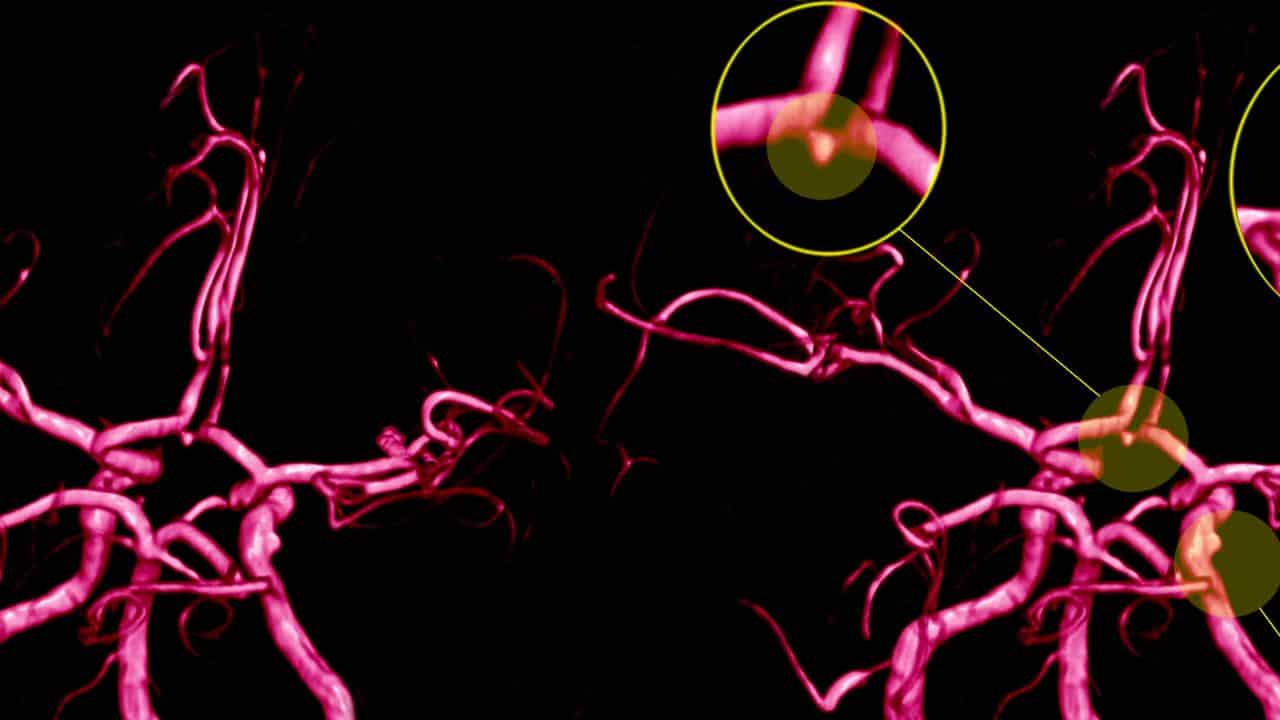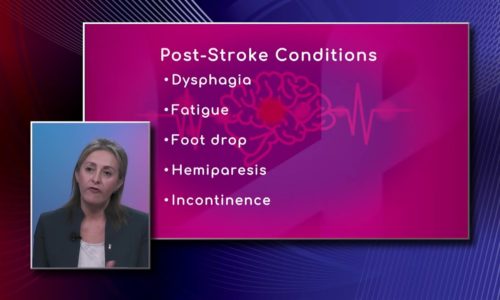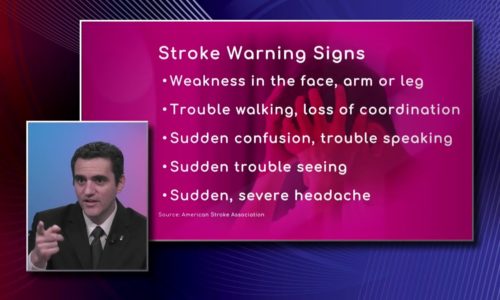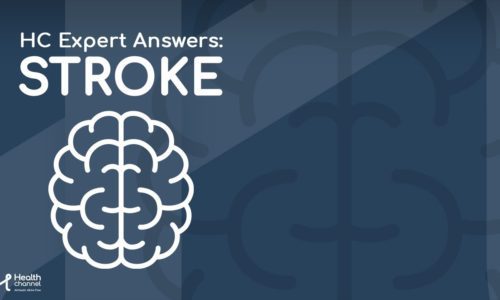The Deadly Impact of Hemorrhagic Strokes |

Strokes are serious medical emergencies that require immediate attention. While all strokes pose significant risks, some are more deadly than others. In an interview with the Health Channel, Dr. Felipe de los Rios, a neurologist with Baptist Health Neuroscience Center, describes the most lethal form of stroke, known as hemorrhagic stroke. We will delve into the reasons behind its high fatality rate, the challenges in treating it, and the underlying factors that contribute to its occurrence.
Hemorrhagic strokes occur when blood vessels rupture, leading to bleeding within the brain. This rupture can be caused by various factors, including an aneurysm, which is a weakened blood vessel that balloons and eventually bursts. The mortality rate for hemorrhagic strokes can be as high as 50%, with an even higher risk associated with aneurysms.
The high fatality rate of hemorrhagic strokes can be attributed to the rapid onset of damage caused by the sudden release of blood into the brain. When a blood vessel ruptures, blood spills out under considerable pressure. The force exerted by the spilling blood can cause extensive damage to surrounding brain tissue.
Unlike other types of strokes, where the interruption of blood flow causes damage over time, hemorrhagic strokes inflict immediate and severe harm. The impact of this instantaneous damage makes these strokes particularly challenging to treat effectively.
Treating hemorrhagic strokes poses significant challenges due to the complexities involved in addressing the bleeding and minimizing further damage. Unlike ischemic strokes, which are caused by blood clots, hemorrhagic strokes require specialized interventions that aim to stop the bleeding and relieve pressure on the brain.
Surgical procedures, such as clipping or coiling an aneurysm, may be performed to prevent further bleeding. However, the success of these interventions depends on the size, location, and overall health of the patient.
Additionally, the limited availability of specific tools and treatments for hemorrhagic strokes contributes to the difficulty in managing these cases. Research and advancements in this field are ongoing, but currently, options for effective treatment are more limited compared to ischemic strokes.
High blood pressure, or hypertension, plays a significant role in the development of hemorrhagic strokes. Prolonged elevated blood pressure places excessive stress on the arteries, causing them to weaken over time. This continuous pressure can lead to narrowing, complete blockage, or rupture of the blood vessels.
While high blood pressure alone increases the risk of arterial damage, there can be underlying factors contributing to its occurrence. Conditions like kidney disease, for example, can exacerbate hypertension and further raise the risk of hemorrhagic strokes.
Hemorrhagic strokes are the deadliest form of stroke due to their propensity to cause rapid and extensive brain damage. The rupture of blood vessels and subsequent bleeding within the brain pose significant challenges for treatment and recovery. High blood pressure, along with other underlying factors, increases the risk of hemorrhagic strokes.
Early recognition of the symptoms of stroke, regardless of the type, is crucial. Seeking immediate medical attention and adopting a healthy lifestyle that includes managing blood pressure can help reduce the risk of stroke occurrence. Ongoing research and advancements in medical interventions offer hope for improved treatments and outcomes for those affected by hemorrhagic strokes in the future.
To find out more about strokes and their potential causes, you can check out more videos on strokes on the Health Channel YouTube: https://www.youtube.com/watch?v=TzdfS2oxDI8








